Pressure drop in fluid moving through a square pipe is an important topic in fluid mechanics, often referred to as “head loss.” It results from friction within the pipe, which can be used to calculate the velocity of the fluid. Looking at head loss through square pipes, we will delve into how it can be calculated and the factors influencing it.
To grasp the concept of head loss through a square pipe, it is paramount to comprehend the notion of friction. Friction is a power that resists two surfaces joining together moving in relative simultaneity. It is generated by the roughness of the surfaces and the liquidity of the fluid flowing through the tube. When the liquid passes through the piping, friction between it and the pipe brings about a decrease in pressure, otherwise known as head loss.
To figure out any head loss through a square pipe, turn to the Darcy-Weisbach equation – an equation designed to calculate head loss with the key factors of pipe diameter, length, fluid viscosity, and flow type taken into account. This equation offers an effective solution for calculating head loss through a square pipe of any size and for any fluid.
When factoring in the amount of head loss going through a square pipe, the diameter plays a pivotal role. As the size widens, so does the head loss. This can be attributed to the heightened surface area of contact between the fluid and the pipe increasing frictional force. Longer pipes will also yield a greater head loss due to the proportionately extensive distance over which friction is imparted on the fluid.
Head loss is heavily impacted by fluid viscosity, with greater viscosity leading to elevated losses. This effect can be attributed to the hindrance posed by thicker liquids when compared to their more liquid counterparts. Additionally, different kinds of fluid flows affect the magnitude of head loss; laminar flows result in fewer losses than turbulent flows because the turbulence causes greater friction.
When seeking to control the extent of head loss through a square pipe, a larger diameter, shorter length, less viscous fluid, and laminar flow can be useful. That said, it is important to remember that reducing and not completely eradicating the head loss remains an achievable goal. Friction’s influence on the phenomenon means that some degree of loss must be accepted.
To sum up, in fluid mechanics it is essential to comprehend the concept of head loss via a square pipe. It is the disparity between two pressure points within the pipe due to friction. The Darcy-Weisbach equation enables one to compute the head loss through a square pipe regardless of its size or content. A multitude of factors will affect head loss, specifically: pipe diameter, length of the pipe, viscosity of the fluid, and type of flow. There are several strategies to reduce head loss, which include opting for a bigger hexagonal pipe, a shorter pipe length, a less viscous fluid, or laminar flow. Nevertheless, it is not feasible to fully do away with head loss.
In many common engineering applications, such as cooling, water supply, and irrigation systems, the pressure energy of a fluid is dissipated each time it travels through a square tube. This is known as the head loss. The head loss occurs when the walls of the pipe generate friction against the liquid and when there are blockages in the pipe itself.
Using the Darcy-Weisbach equation, the amount of head loss suffered through a square pipe is determined. This equation incorporates the pipe’s geometry, the velocity of the liquid running through it, the fluid’s viscosity, and the friction factor of the pipe itself. What dictates the friction factor is the kind of pipe and how rough its inner lining is – with more abrasive surfaces equating to a higher friction factor.
When working out the head loss through a square pipe, several data points must be taken into account, such as the size of the pipe (length, width, and height), the velocity of the fluid measured in terms of its flow rate, as well as the worth of the fluid’s viscosity – normally depicted in centipoise (cP). This viscosity is equal to a liquid’s resistance to flow.
With the help of the Moody diagram, the amount of friction generated can be figured out. This chart takes into consideration the roughened surface of the pipe’s interior as well as the Reynolds number of the liquid. As a numerical expression of a substance’s efficiency with respect to inertia and thickness, this quotient helps decide what type of circulation is happening inside the pipe – laminar or turbulent.
With the gathered values, it is possible to calculate the pressure energy lost in a length of square pipe. This figure is referred to as “head loss,” and is usually expressed as feet of head for each 100 feet of pipe length.
The issue of head loss in relation to square pipes can be addressed by employing a larger pipe diameter, introducing a smoother inner wall, or decreasing the fluid velocity. If the head loss is too excessive, then the size of the pipe can be beefed up to reduce it. Alternately, a more polished internal wall can reduce drag and therefore diminish the head loss. Lastly, curbing the velocity of the fluid reduces Reynolds numbers and lessens the head loss as well.
All in all, head loss through a square pipeline is an issue that many systems face. This form of loss is measured by means of the Darcy-Weisbach equation, taking into account the region of the pipe, the movements of the fluid, its level of viscosity, and the friction of the pipe. To reduce head loss, one can opt for a larger piping diameter, a more level inner pipe wall surface, or a slower flow speed.
Related Product
Warning: Use of undefined constant rand - assumed 'rand' (this will throw an Error in a future version of PHP) in /www/wwwroot/www.ytdrtube.com/wp-content/themes/msk5/single.php on line 77

EN10210 EN10219 Black Carbon Steel Welded Square Pipe
Yuantai Derun Steel Pipe Manufacturing Group is a steel pipe and steel enterprise that has operated for many years, mainly engaged in steel products such as black square and rectan […]
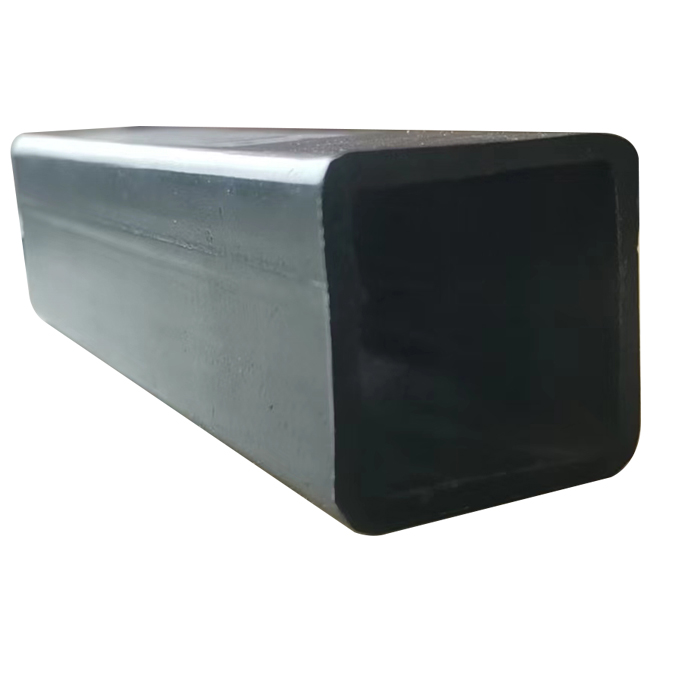
Square Hollow Section
Thickness: 0.5- 60 mm OD(outer diameter): square 10*10-1000*1000mm rectangular:10*15-800*1100mm Section Shape: Square OR rectangular Place of Origin: Tianjin, China Application Str […]
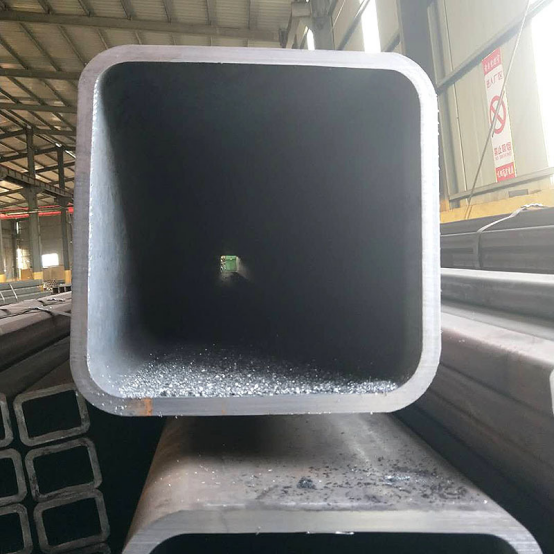
Black Rectangular Hollow Section
OD(MM) THICKNESS(MM) OD(MM) THICKNESS(MM) OD(MM) THICKNESS(MM) OD(MM) THICKNESS(MM) 20*20 1.3 60*120 80*100 90*90 1.50 180*180 3 300*800 400*700 550*550 500*600 1.4 1.70 3.5-3.75 9 […]

Black Square Steel Tube
SPECIFICATION TABLE OF BLACK SQUARE STEEL TUBE OD(MM) THICKNESS(MM) OD(MM) THICKNESS(MM) OD(MM) THICKNESS(MM) OD(MM) THICKNESS(MM) 20*20 1.3 60*120 80*100 90*90 1.50 180*180 3 300* […]
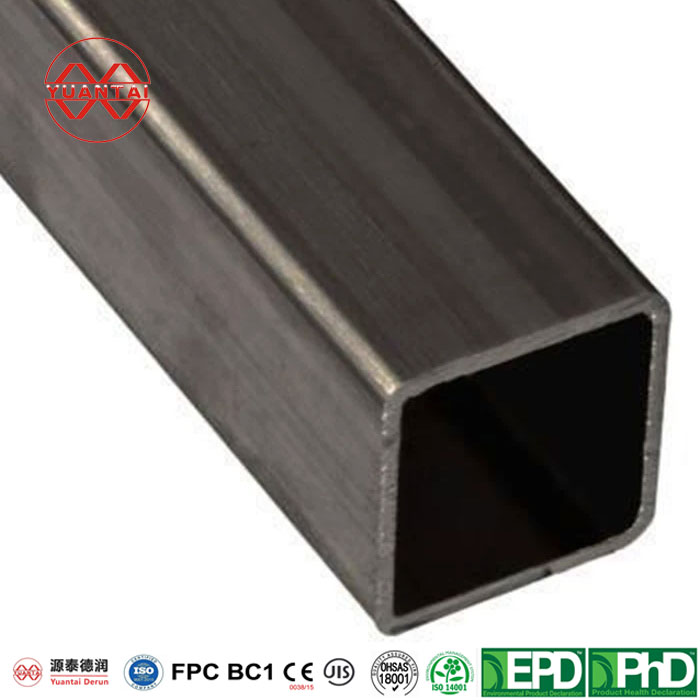
Square Steel Pipe Carbon Steel Pipe
Thickness 0.5- 60 mm Tolerance as required OD(outer diameter) square 10*10-1000*1000mm rectangular Brand YUANTAI DERUN Section Shape Square OR rectangular Length 3-12M according to […]
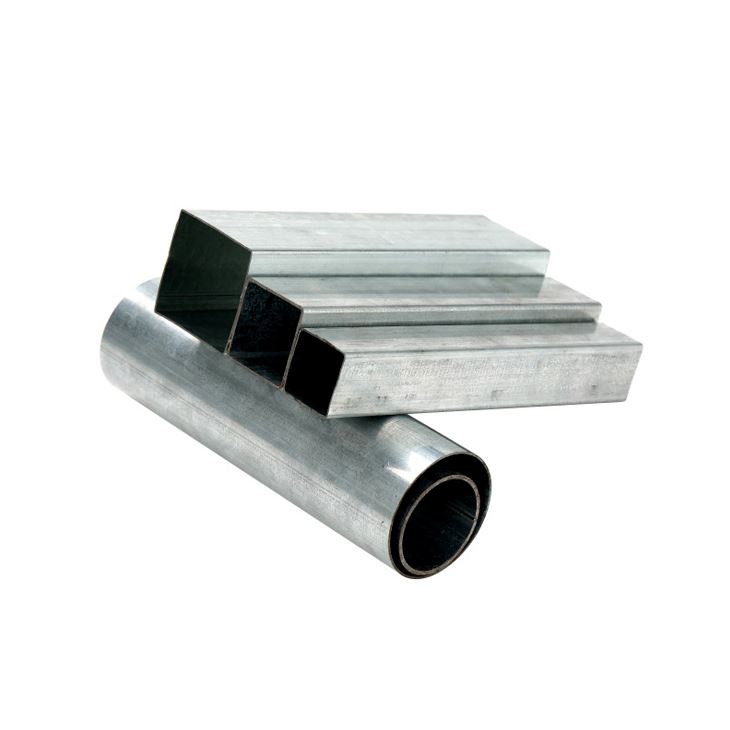
Pre Galvanzied Square Steel Tube
1.Introduction of pre-square tube Coiled pipes are pipes and pipes for processing technological processes, and are the name of general pipes, which are pipes made of long steel coi […]

Hot Dip Galvanized Rectangular Hollow Section
Iron and steel materials are indispensable resources in human life today. However, due to its own characteristics, “corrosion is accompanied by us every day and consumes our […]
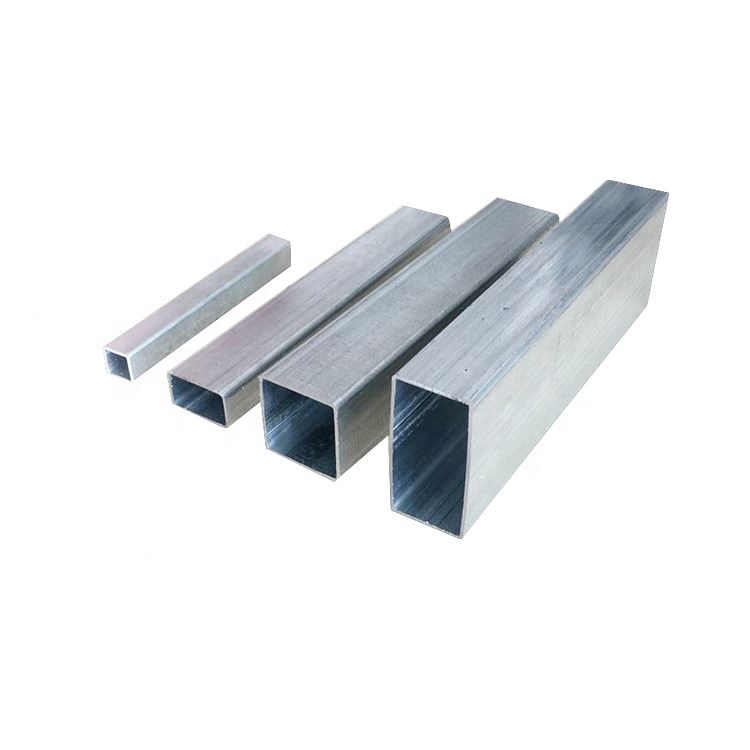
Hot Dip Galvanized Rectangular Steel Tube
Hot dip galvanized rectangular steel tube is a rectangularsquare tube that is welded after the steel plate or steel strip is curled and formed, and is formed after the square tube […]
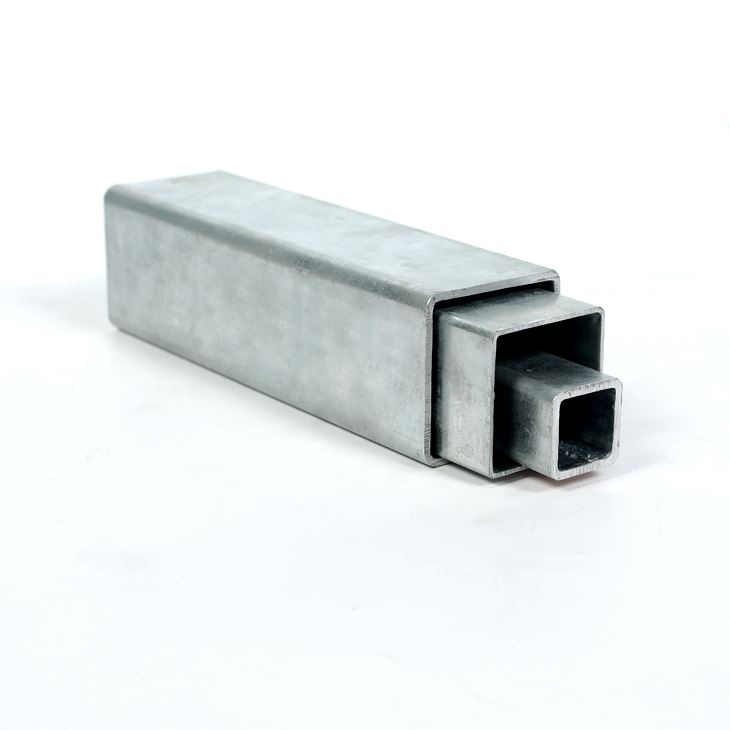
Hot Dip Galvanized Square Steel Pipe HDG Tube
Thickness: 0.5- 60 mm OD(outer diameter): square 10*10-1000*1000mm rectangular:10*15-800*1100mm Section Shape: Square OR rectangular Place of Origin: Tianjin, China Application Str […]
Post time: 2023-08-02
